Menu
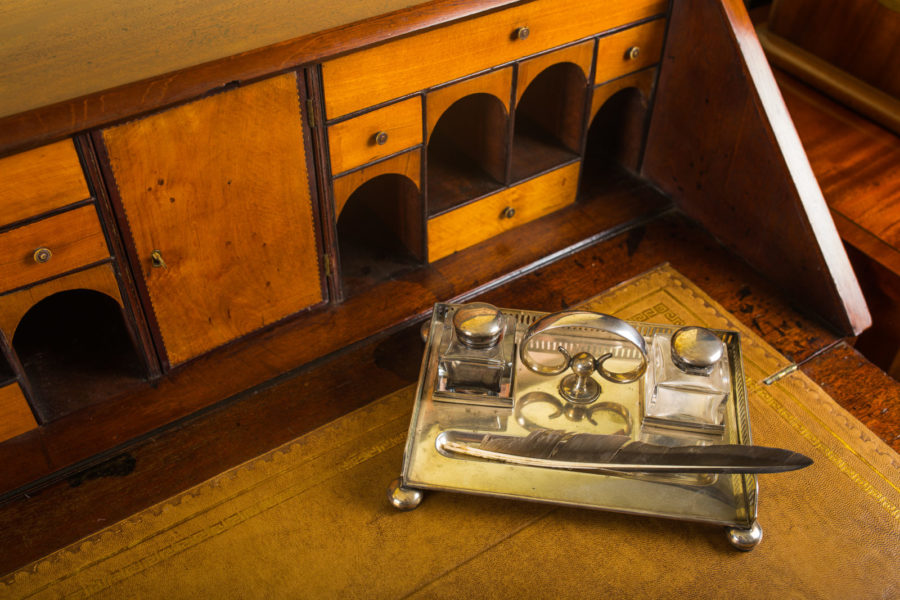
The Victorian era followed the reign of Great Britain’s Queen Victoria from 1837 to 1901, a time which produced antiques as rich as her majesty’s rule was.
With great prosperity, comes great variety, and thus this era is adorned with an abundance of furniture styles, with many designers opting for a nostalgic nod to the past, as the Victorian era underwent a huge wave of revivals:
An unrivalled selection of Victorian antiques.
In rebellion to this flurry of revivals, the end of the Victorian era saw a break away from the past with the Eastlake and Aesthetic movements 1870-1890, which in turn inspired the Arts and Craft movement, leading us out of the Victorian era and well into the twentieth century.
Overflowing with contrasting and coordinating styles, many of which were repeats of previous trends, furniture from the Victorian era is often difficult to decipher. Which is why we’ve put together this article.
We will analyse each style in turn, commenting on their iconic features, in order to determine what makes Victorian antiques recognisable as authentic to their time
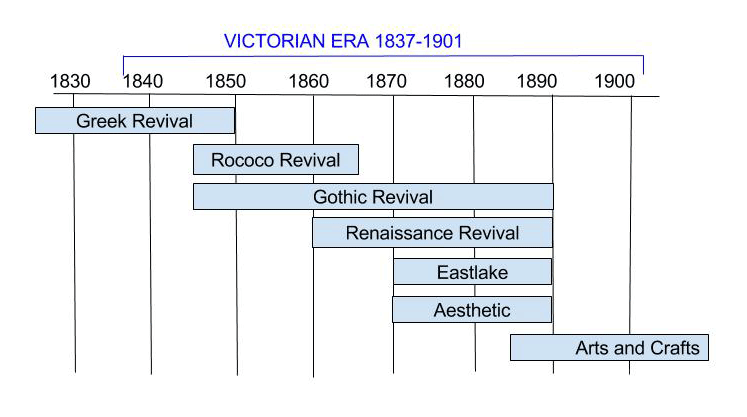 The Greek Revival style 1800-1850
The Greek Revival style 1800-1850Although Empire furniture was being produced from the beginning of the 19th century, the Greek revival, also known as Classicism, is more commonly associated with the end of this period, aligning with the start of the Victorian era. Around this time there was a newfound intellectual fascination with the ancient greek culture, and this largely portrayed itself in their architecture, but also influenced furniture and ornaments.
Distinguishing characteristics:
As the Victorian era only touched upon the end of this revival, it’s often difficult to tell whether a piece of furniture in this style is Victorian; Heavier pieces that are less ornate are more likely to be, although if you’re unsure, stay clear of this revival as the next three are firmly rooted in the Victorian era.
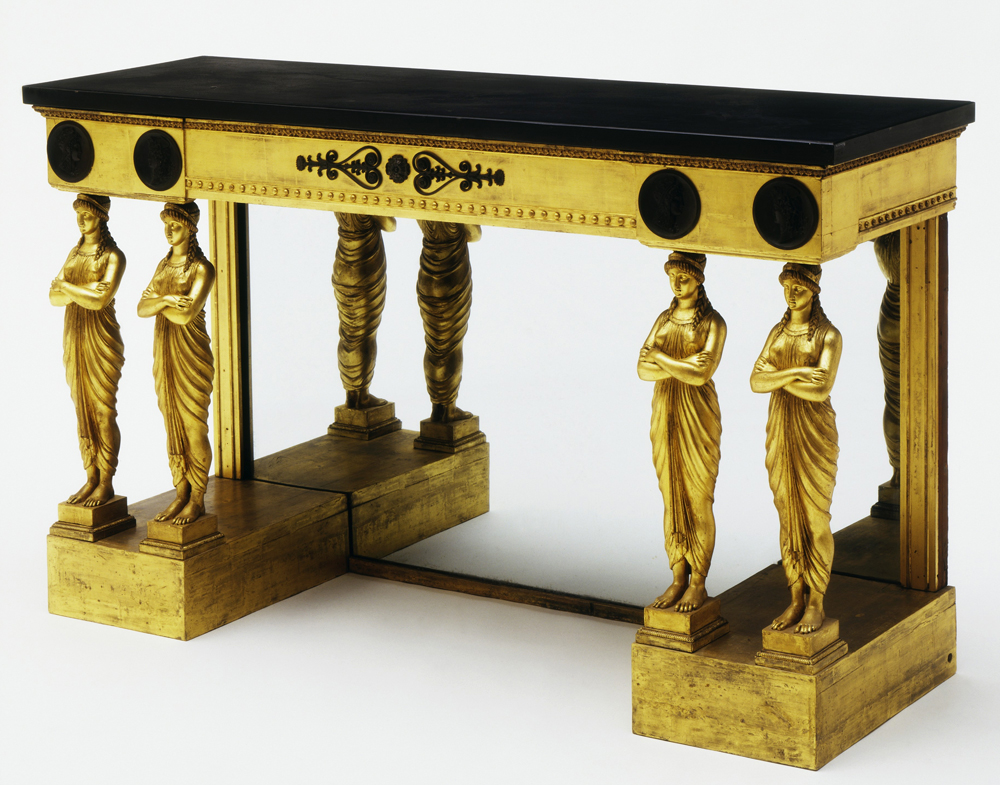 Greek Revival Pier Table by Thomas Hope, c. 1800. Photo © Victoria and Albert Museum, London
Greek Revival Pier Table by Thomas Hope, c. 1800. Photo © Victoria and Albert Museum, London
The gothic period proper, covered one of the longest periods in time, from the 12th to the 15th century, and originated from french gothic art in the early 12th century. Its revival, also known as Victorian gothic or Neo-gothic, was influenced by medieval gothic architectural form and ornament, especially churches. Furniture designers began to incorporate these features into their pieces and soon, it became the most popular style in the 19th century, with its dramatic detailed carvings, geometrical forms and classical echoes.
Distinguishing characteristics:
Common motifs include:

c1860 Gothic oak table
View Item
Rococo style was born during the reign of Louis XV, as a revulsion to the dominating and classical forms of the Baroque style. Rocaille in French means ‘rubble’ or ‘pebbles,’ indicating its favouring of natural motifs, in line with society’s growing interest in the natural world. The Rococo revival, reintroduced by master cabinet maker John Henry Belter, combined Victorian decorative arts with the elaborate carvings and curvaceous forms iconic to the Rococo style. On top of this, the revival managed to incorporate comfort, thus combining elegance with advantage.
Distinguishing characteristics:
Carving is bold and realistic due to being done in high relief and often depicts the following themes:
Furniture from this era can also be called Belter style, after John Henry Belter. He often marked his pieces with a paper label under the seat or on the bed frame stretchers. If no marking is found, look out for:
 C1850 Victorian Walnut Whatnot
C1850 Victorian Walnut Whatnot
View Item
Around 1850 there was a resurgence of interest in classical and renaissance art, and so furniture too took on these influences. Often described as a reaction to the Rococo revival with its intricate and detailed designs, the Renaissance revival crafted bold features on impressive, heavy pieces of furniture. This period also marked the moment in history where fine designs were mass produced in factories, the protrusive motifs and rectangular shapes of this style, making it all the more easy.
Distinguishing characteristics:
Motifs and designs take their influence from renaissance and 18th century neoclassical forms:
 C1860 Victorian games table with ebonising, columns and a plaque.
C1860 Victorian games table with ebonising, columns and a plaque.
View Item
In response to the lavish, excessive styles of the Victorian revivals, and a desire to move away from the past, Sir Charles Lock Eastlake, created a contemporary, simple style of furniture. Marvin D.Schwartz in his book Furniture: Tables, Chairs, Sofas & Beds, explains how society saw “the first glimpses of modernism,” in Eastlake’s quest for “simple sturdy furniture.” Due to its simplicity, the ability to machine mass produce Eastlake furniture, added to its popularity and widespread use throughout America in particular; This means furniture of this style, unless made by Eastlake himself or the Herter Brothers, will often not sell for large sums.
What determines Eastlake furniture is its stripping back of embellishments and the simplification of popular furniture designs:
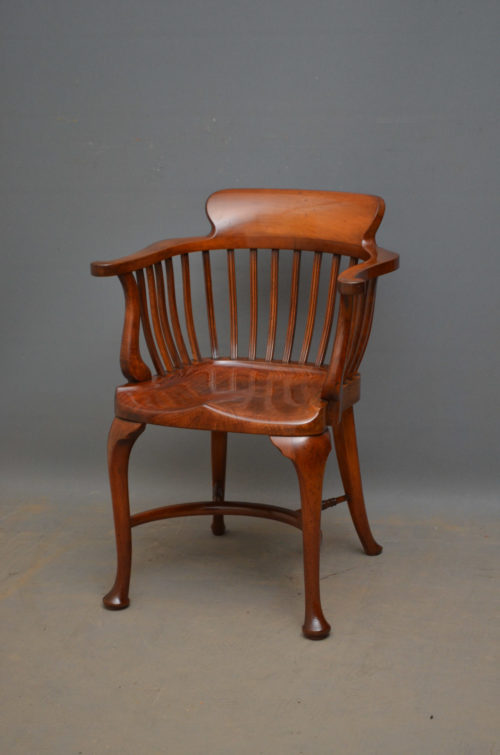 c1880 Eastlake armchair with modest curves and no upholstery.
c1880 Eastlake armchair with modest curves and no upholstery.
View Item
Running alongside the Eastlake movement, the Aesthetic movement flourished in America and England, even if it was short lived. While society was placing emphasis on materiality and cultural significance, others were rebelling against this by making ‘l’art for l’art’ or ‘art for art’s sake.’ This philosophical movement, which Wendell Garrett of Sotheby’s explains as “a reaction against the high Victorian period,” made its way into all things artistic, including furniture design, where they encouraged superior craftsmanship over machine replicas. Of course furniture needs to serve a purpose, so their art was in some way restricted by utility. They made up for this by incorporating an eclectic mix of styles and influences into their work, worrying more about creating something pleasurable than historical correctness.
Distinguishing characteristics:
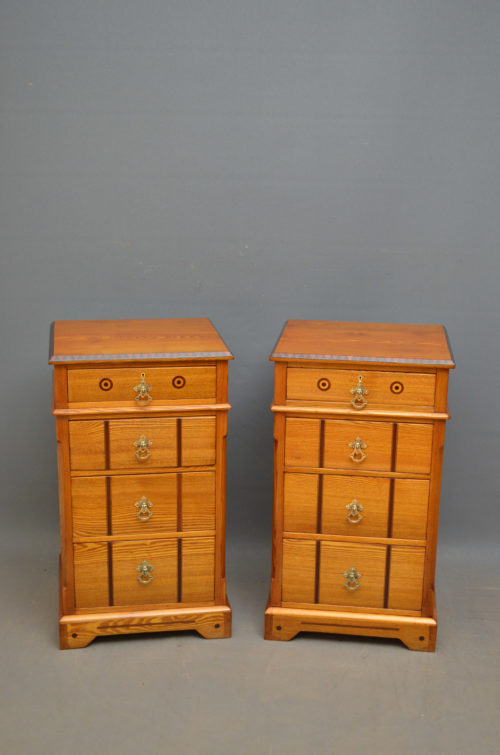 C1880 Aesthetic movement bedside drawers
C1880 Aesthetic movement bedside drawers
View Item
Out of the ashes of the Eastlake and Aesthetic, the Arts and Crafts movement was born and bred by William Morris, who in the face of the industrial revolution placed a similar emphasis on “art made by the people, and for the people, as a happiness to the maker and the user.” (The Art of the People in 1879). Although the iconic Morris chair was first produced around 1870, most of this movement found its feet at the beginning of the twentieth century and thus just out of the victorian era.
An unrivalled selection of Victorian antiques.
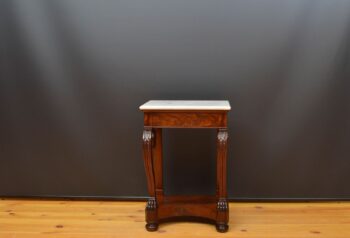 Antique mahogany console table
£2,250.00
Antique mahogany console table
£2,250.00
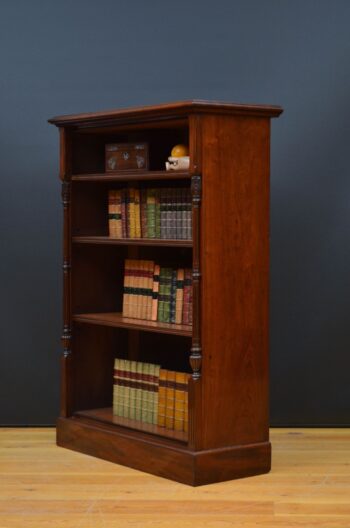 Victorian mahogany open bookcase
£1,685.00
Victorian mahogany open bookcase
£1,685.00
 Victorian Walnut Open Bookcase
£1,650.00
Victorian Walnut Open Bookcase
£1,650.00
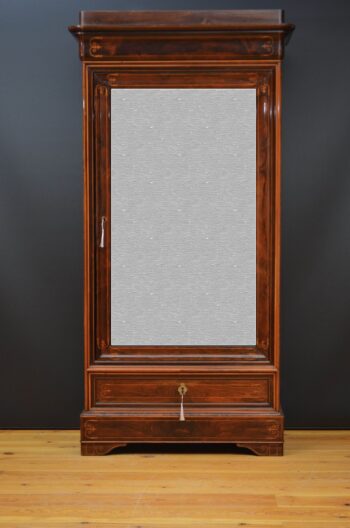 Antique French Rosewood Wardrobe or Bookcase
£2,500.00
Antique French Rosewood Wardrobe or Bookcase
£2,500.00
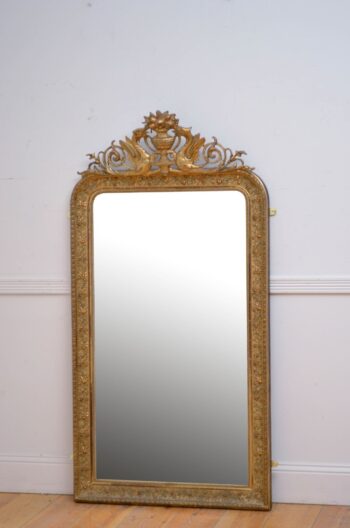 French 19th Century Gilded Pier Mirror H161cm
£2,600.00
French 19th Century Gilded Pier Mirror H161cm
£2,600.00
| Cookie | Duration | Description |
|---|---|---|
| cookielawinfo-checbox-analytics | 11 months | This cookie is set by GDPR Cookie Consent plugin. The cookie is used to store the user consent for the cookies in the category "Analytics". |
| cookielawinfo-checbox-functional | 11 months | The cookie is set by GDPR cookie consent to record the user consent for the cookies in the category "Functional". |
| cookielawinfo-checbox-others | 11 months | This cookie is set by GDPR Cookie Consent plugin. The cookie is used to store the user consent for the cookies in the category "Other. |
| cookielawinfo-checkbox-necessary | 11 months | This cookie is set by GDPR Cookie Consent plugin. The cookies is used to store the user consent for the cookies in the category "Necessary". |
| cookielawinfo-checkbox-performance | 11 months | This cookie is set by GDPR Cookie Consent plugin. The cookie is used to store the user consent for the cookies in the category "Performance". |
| viewed_cookie_policy | 11 months | The cookie is set by the GDPR Cookie Consent plugin and is used to store whether or not user has consented to the use of cookies. It does not store any personal data. |